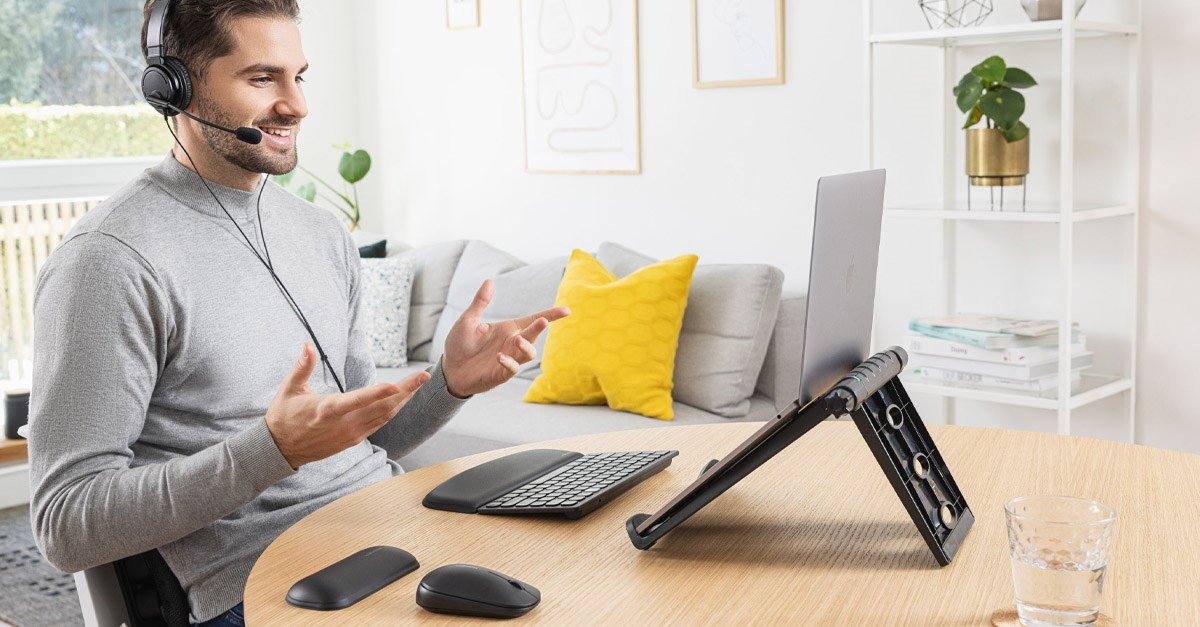We’ve made it this far. Now let’s build our businesses.
I want to start by congratulating the UK government for its roll-out of the vaccine programme. Businesses across the UK are also to be commended for how well they have adapted over the past 18 months. While there are still many challenges ahead, many of us are now better positioned to focus on recovery and growth. The workplace and business models are evolving: this is the ideal time to start embracing some of those changes. IT and telecommunications are fundamental to supporting those changes, giving businesses the control and agility they need while providing their employees with flexibility and all the technology tools they need at their fingertips.

Learning from success stories
Every business will have its unique requirements but examining what has worked for other organisations can provide a starting point for inspiration. For example, one of our customers is a highly successful car dealership in London and has recently adopted a click-and-collect business model. Salespeople can be located anywhere and engage with customers online, provide virtual demonstrations, have detailed conversations and specifications, and take those customers through the whole purchasing cycle on a one-to-one basis. When the vehicle arrives, the customer goes to the car dealership to collect it: this is an excellent example of combining the best of both the physical and virtual worlds. Plus, those customers willing to engage with a car salesperson are also likely to be more committed to purchasing a casual browser walking into the showroom.
Another customer said that the move to remote working was one of the best things that ever happened to them. They reduced office costs, but more importantly, they saw employee productivity and company revenue increase. The business proved that, in their instance, remote working did not mean a compromise and could be quite the opposite.
A third customer, a large media organisation in the city, has been closed for over a year. It intends to return to their offices in the autumn. They have used the time away to upgrade their existing communications technology with us and embrace new levels of functionality and features. Regardless of where staff are located, they now have flexible tools giving them even better support than ever before.
Hybrid working – work your way
This level of flexibility is a crucial point because we increasingly hear about the adoption of hybrid working. That might mean some staff are in the office a few days of the week. It could mean that some staff go back to the office full-time, whereas others will prefer to stay at home. What matters is that where people work no longer has to be restricted to where the technology is available. For many UK businesses, that has been one of the biggest revelations of the past couple of years.
Underpinning this more flexible way of working is unified communications (UC), which is a term often bandied about in the telecom industry. When executed well, UC breaks down the barriers between different types of communication and IT so that users have the same seamless experience regardless of location, device or network. Business apps can be tightly integrated across this environment.
Mobility at the heart
One of the benefits of having a truly unified communications environment is that using mobile phones for business is put right at the heart of the user experience rather than being an afterthought. These days, it is not only acceptable to use a mobile for business voice and data communications, but it is also fast becoming the norm for many people. Using what is referred to as Fixed Mobile Convergence (FMC), all mobile usage can be brought back into the fold, giving businesses control and visibility. That is important because with people working from home, it can be hard to monitor call traffic (for instance, whether for personal or business purposes).
FMC can support many of the business-grade features found with a traditional office-based systems — but with the convenience of a mobile handset — such as: call reporting, recording for compliance purpose, internal forwarding and more. Almost everything that can be found on a traditional business phone system can now be replicated in a mobile environment. With that framework in place, employees location does not matter. They can be based anywhere, whether in the office, at home or even in another country. As far as the mobile-centric phone system is concerned, they are just another extension. By the way, we have introduced a live, virtual receptionist service, so incoming calls are answered by one of our team and transferred to the appropriate customer contact or team.
We are our own use case
At VisionVoice, we practice what we preach. Our team has been remotely dispersed long before the pandemic, with staff across countries, including the UK, Spain and India. However, the geography is irrelevant because unified communications mean we can operate as a single team, just as efficiently as we were in the same building. For organisations like ours, that release from geographic restraints means we can hire from a wider talent pool, based on ability, not location. Conversely, this new virtual world of work potentially makes it easier for people to join, or rejoin, the workforce but who would otherwise find it difficult or impossible to commute to a particular office each day.
That is another benefit of the modern workplace: the playing field is being levelled. People have more opportunities and choice, plus small businesses have access to many of the same sophisticated technology as much larger enterprises with deeper pockets. Today’s communications also give all sizes and types of business the ability to react to change in a more agile way, be better equipped to carry on during a crisis, or — on a more positive note — embrace opportunities as they arise.


We needed an updated system that could provide more options connecting with our email and cell phones.
Benefits of a Vision Voice Solution
- A user-friendly online portal to customizable ring strategies that are configurable on the fly
- Easy-to-set-up auto attendant menu enables callers to hear prompts and route themselves to the person they need
- With mobile app, they are no longer tied to their desk and when people need to reach them, they can — regardless of where they are



